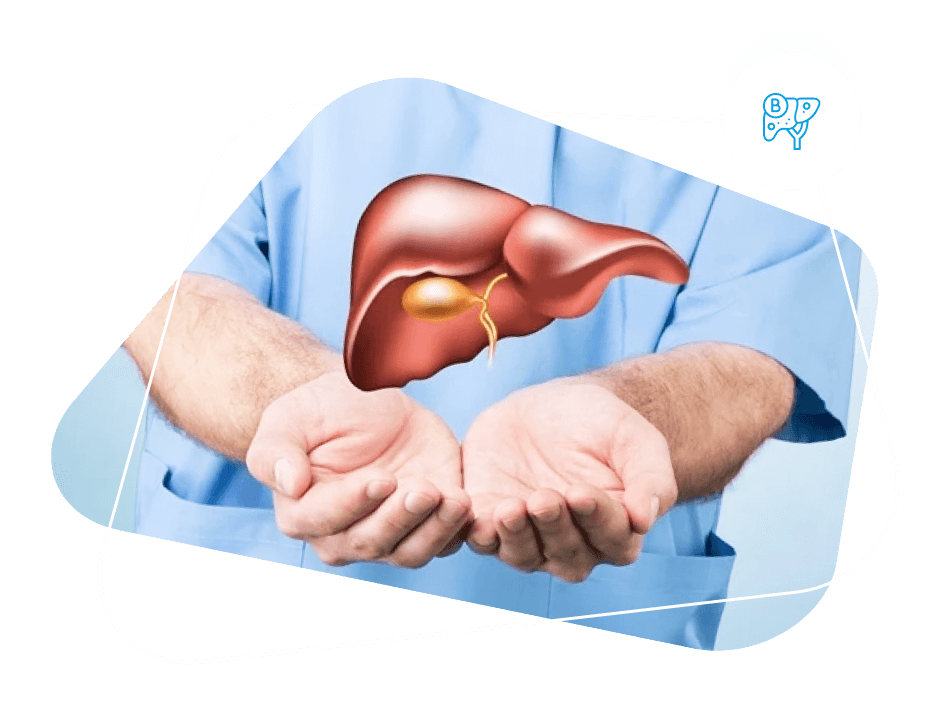Hepatitis B is a liver infection caused by the hepatitis B virus. It is a major global health problem.
Most people do not experience any symptoms when newly infected. However, some people have acute illness with symptoms that last several weeks, including yellowing of the skin and eyes (jaundice), dark urine, extreme fatigue, nausea, vomiting, and abdominal pain. Some people can develop acute liver failure, which can lead to death.
Hepatitis B infection acquired in adulthood leads to chronic hepatitis in less than 5% of cases, whereas infection in infancy and early childhood leads to chronic hepatitis in about 95% of cases. Over time, chronic hepatitis B can cause serious health problems, including liver damage, cirrhosis, liver cancer, and even death.
World Health Organization (WHO) estimates that 296 million people were living with chronic hepatitis B infection in 2019, with 1.5 million new infections each year.
In 2019, hepatitis B resulted in an estimated 820,000 deaths, mostly from cirrhosis and hepatocellular carcinoma (primary liver cancer).
A safe and effective Hepatitis B vaccine offers 98% to 100% protection from the virus.
HBV recurrence rates in HBV-related liver transplant patients are relatively low (5-10%) in countries with high vaccination rates. In countries with low vaccination rates, recurrence can occur in a much higher number of liver transplant patients.
Several major global liver societies like AASLD (American Association for the Study of Liver Diseases), and EASL (European Association for the Study of the Liver) provide guidelines for the prevention of HBV recurrence after HBV-related liver transplants.
